Lime is the name of the so-called green lemon, but it is not a lemon. There are several species that are quite often associated with the common yellow lemon, but between the two citruses there is a difference both in appearance and taste, cultivation and place of cultivation.
Lime resembles a lemon in shape, but has a thin green peel and juicy, pale greenish flesh. It usually grows best in tropical and subtropical climates. The similarity between the lemon and the lime is quite large, with the difference that the small green citrus turns out to be much more healthy than its large yellow cousin.
Lime is a widespread fruit in tropical and subtropical regions. Malaysia is considered his homeland and the family from which it originates is the Rutaceae family.
Composition of lime
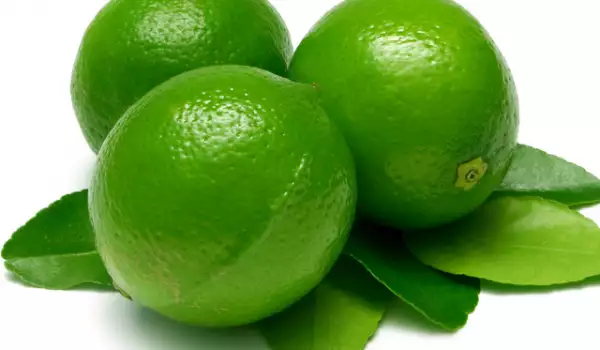
Lime contains significant amounts of iron (about 2%), phosphorus, potassium (2%), calcium (2%), magnesium and essential oils. Lime is also a source of pectin substances and vitamin P, A and C - extremely useful for the health of blood vessels.
100 g of lime contains 29 mg of vitamin C, 0.7 proteins, 11 g of carbohydrates, 3 g of fiber, 0.2 g of fat and 30 kcal.
Types of lime
The most common type of lime is the Persian or Florida variety (Citrus × latifolia), which has large fruit, thin skin and almost no seeds. Green lemons of the small, yellowish key lime variety (Citrus aurantifolia) are often found on the market. Other types of green lemon are rangpur lime (Citrus limonia), kaffir lime (Citrus hystrix), several Australian limes, Spanish lime (Melicoccus bijugatus), wild lime (Adelia ricinella), sweet lime (Citrus limetta), Palestinian sweet lime (Citrus limettioides) and calamondin orange (X Citrofortunella mitis).
Selection and storage of lime

Fresh lime should be very sour and tart and have a shiny skin on the outside that guarantees its juicy flesh. When choosing a lime, be careful – it should have a bright color and a smooth peel. Avoid citrus fruit with wrinkled skin. If you want to be sure that the fruit is juicy and fleshy, put it on the scale - it should surprise you with its weight, considering its small size.
There may be very small brown areas on the surface of the lime, but this does not affect the taste.
Keep in mind that limes spoil quickly and it is best not to buy large quantities of the fruit. The best way to store limes is by keeping them in a plastic bag and in the refrigerator for up to 10 days. If you cut the fruit, it can keep its fresh appearance for two days at most.
Lime in cooking
Lime finds quite a good use in cooking and in the preparation of various alcoholic and non-alcoholic cocktails. It is best to use squeezed lime juice when adding fruit juices or as part of a cocktail garnish. One of the most popular drinks – mojito, cannot go without the addition of lime.

Lime flavor is extremely suitable for flavoring fish, seafood and delicacies. This small and green citrus is ideal for dressings and various marinades, giving them a specific and appetizing taste.
Lime juice dressing is very suitable for flavoring vegetable and even fruit salads. Squeezing lime juice over sliced fruit—apples, bananas and white vegetables—may prevent them from losing their natural color.
Due to the fact that lime is a small fruit, it does not contain a large amount of juice. This is a prerequisite for the use of citrus peel and leaves in cooking. In the Arab world, the practice of boiling limes in salt water and then drying them in the sun is widespread. This way, the special Arabic spice lomi is obtained, which is extremely suitable for flavoring beans and rice.
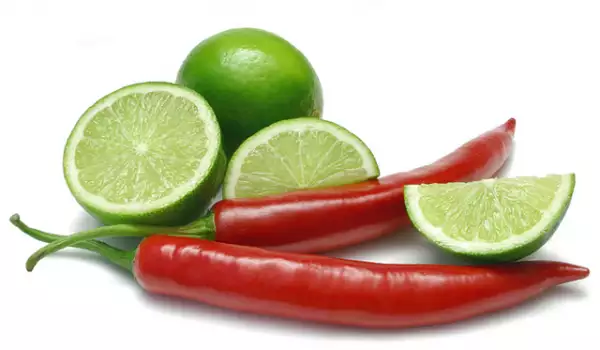
Lime is very strong in the national cuisines of the countries of Southeast Asia and Latin America and especially in Thailand and Mexico. In addition to flavoring seafood, the juice of the Mexican lime is used to give a specific flavor to meat and especially chicken. In addition to making the meat more tender, lime juice goes well with cayenne pepper. In Thailand, one of the lime varieties is the main ingredient of the sour-spicy soup tom yum. Guacamole, which is one of the most widespread sauces, cannot be prepared without lime.
Benefits of Lime
Lime is an extremely healthy, nutritional and dietary fruit. It does not contain fat, sodium and cholesterol, which practically allows its consumption in unlimited quantities without risk to health. In addition, lime contains very few calories - a medium-sized fruit of about 60-70 grams has only 20 kcal. The benefits of lime are also related to the fact that it is an excellent source of plant fiber. If you want to get the necessary doses of vitamin C, choose this one green citrus. The high content of vitamin C (about 35%) favors the normalization of the cholesterol level in the blood.
This automatically makes lime a valuable and beneficial fruit that helps the heart and the cardiovascular system in general. Ascorbic acid in lime increases the body's resistance to infections. In addition, it helps in the production of collagen, which is important for maintaining the elasticity of the skin.
Read also:


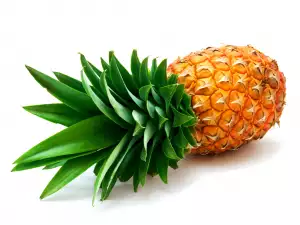





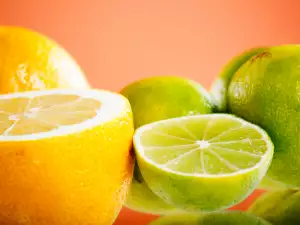
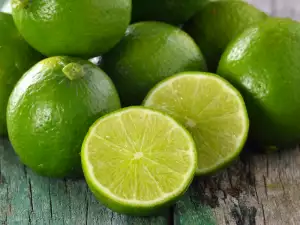
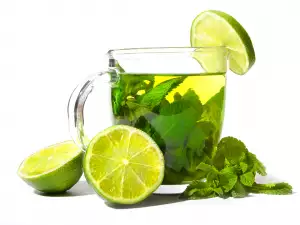









Comments